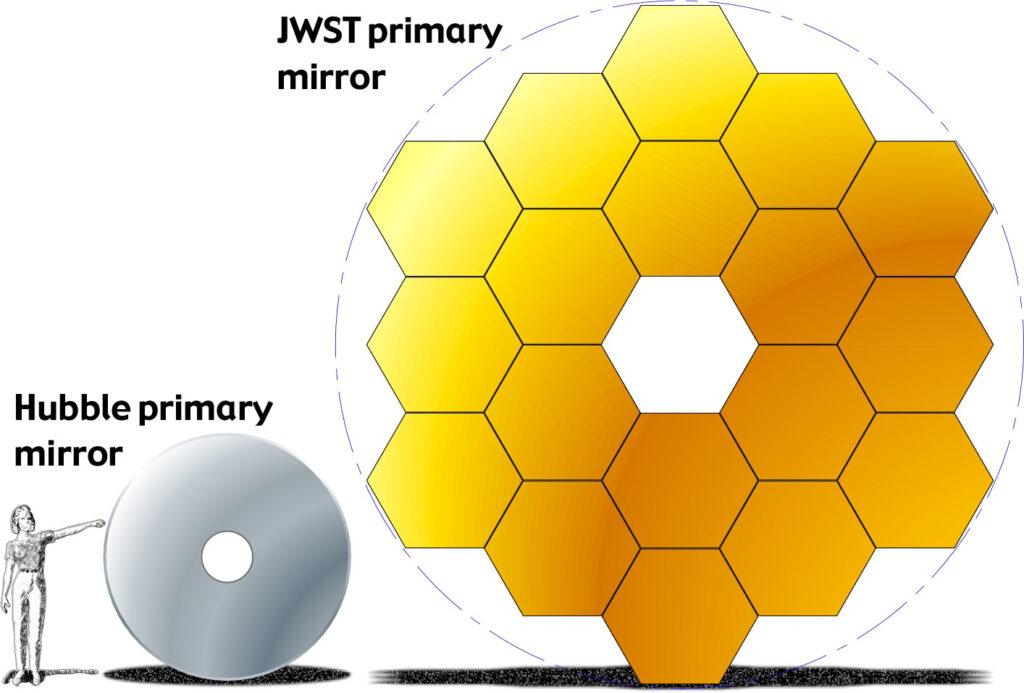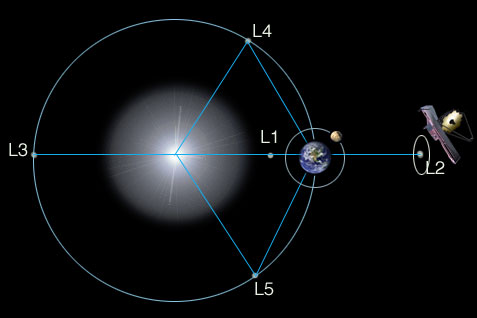Good morning EUROAVIAns,
in today’s Fact Friday we talk about telescope.
The James Webb Space Telescope is a space telescope that is planned to succeed the Hubble Space Telescope as NASA’s flagship astrophysics mission. When launched, in March 2021, Webb will be the largest, most powerful and complex space telescope ever built and launched into space and will fundamentally alter our understanding of the universe.
Webb will observe primarily in the infrared and will have four science instruments to capture images and spectra of astronomical objects. These instruments will provide wavelength coverage from 0.6 to 28 micrometers. Therefore, the telescope will have a significantly larger field of view than the NICMOS camera on Hubble (covering more than ~15 times the area) and significantly better spatial resolution than is available with the infrared Spitzer Space Telescope

The James Webb telescope will help astronomers to compare the faintest, earliest galaxies to today’s grand spirals and ellipticals, helping us to understand how galaxies assemble over billions of years. Currently, Hubble can see the equivalent of “toddler galaxies”, whereas the Webb Telescope will be able to see “baby galaxies”. It will be able to see right through and into massive clouds of dust that are opaque to visible-light observatories like Hubble, where stars and planetary systems are being born. Furthermore, it will tell us about the atmospheres of extrasolar planets, and perhaps even find the building blocks of life elsewhere in the universe. In addition to other planetary systems, Webb will also study objects within our own Solar System
The telescope is about half the size of a 737, yet less than 8% of the mass of a 737. It will be the biggest telescope ever launched into space. (Webb has a total mass of 6200 kg, the maximum mass of a 737 is 79,010 kg.)

Its primary mirror has 18 segments that work together as one; they can all be individually adjusted. Its segments have a mass of ~20 kg each and are 4.3 feet tall. (You could lift one pretty easily.) Requires only about a golf ball’s worth of gold coat for the huge primary mirror. (The coating is so thin that a human hair is 1000 times thicker!)

